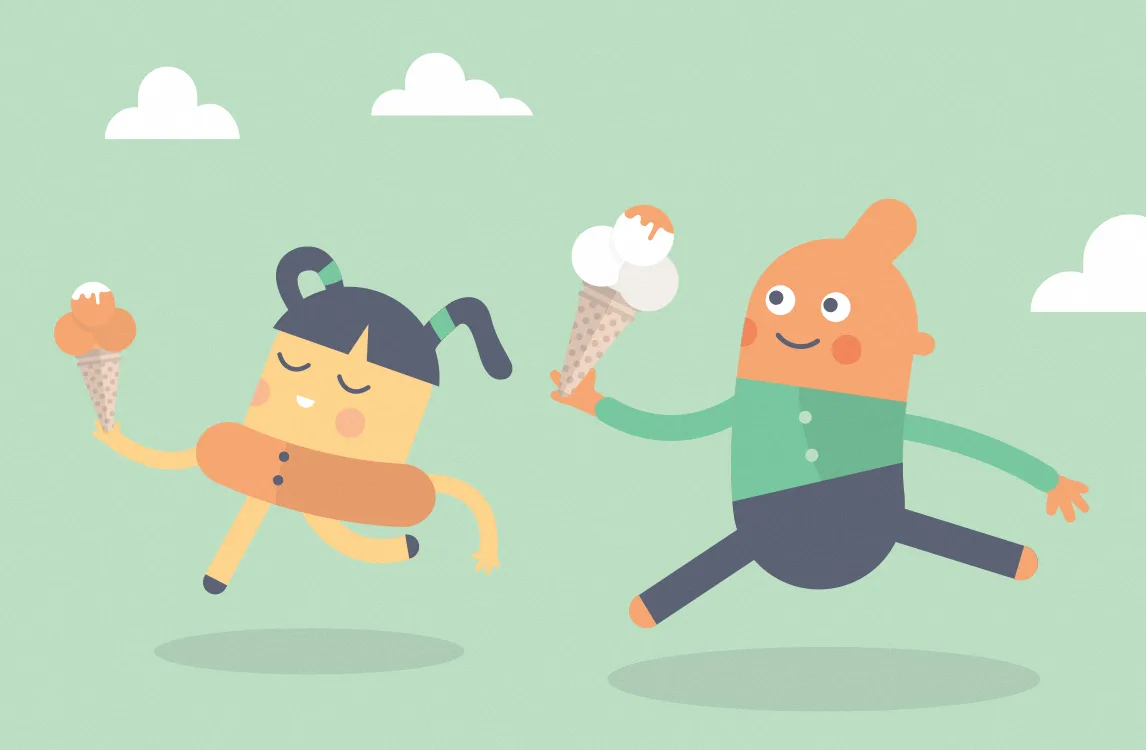How do you know if you’re a codependent?
The term codependent is tossed around a lot these days. Colloquially, we might refer to codependence as two people in a relationship who never seem to leave each other’s sides, or perhaps that friend who always orders the same lunch as ours. But what does codependence really mean?
After all, our lives are shaped by our relationships. To some extent, we all rely on our loved ones, friends and colleagues to consider our happiness, and we try to do the same for them. So when does the normal desire for harmonious relationships with our fellows grade into a pathology? Codependence as a concept was first written about by Melody Beattie in 1986 in her bestselling book, Codependent No More. Beattie sought recovery for her own addiction issues in the 12-step movement first established by Alcoholics Anonymous, which offers a set of guidelines and traditions designed to help its members live without alcohol. The goal of members of the fellowship is to achieve and sustain sobriety, whilst also carrying the message of recovery (that is, staying sober within the fellowship of AA) to other suffering alcoholics. While going through the program, Beattie observed her own behaviour in relationships and found she was neither independent, i.e., able to take care of herself, nor interdependent, whereby two or more individuals agree to trust and rely on each other. Instead, her happiness was entirely focused on the happiness of her significant other, and her response to that need to make them happy was compulsive and involuntary. Like an addiction, it warped her relationships, cut her off from herself and wreaked havoc in her life. How does this destructive situation arise? Psychotherapist Dariane Pictet says, “Codependents have learned to value themselves as a helper. When you grow up with alcoholic parents, around someone narcissistic or with a mother that puts herself first, you will learn at 2 or 3 years old that you have to serve the mother or father and that’s how you get the brownie points, that’s how you get recognition and have some kind of safety in the relationship.” We all exist in relationship to one another, we adapt or change, and define who we are within and outside of these interactions. Codependents habitually hide behind others. “When we look deeper behind what, in Jungian psychology, we call persona, the face that we show to the outside world,” Pictet explains, “we see huge walls of resentment, raging anger and fury.” While the pop-psychology definition of codependence focuses on mental well-being and self-confidence, codependence, as described by Beattie, is about letting go of shame and a liberation from childhood trauma. In the structure of the 12-step fellowships, the first step that the sufferer needs to take on their road to recovery is to acknowledge their status as a codependent. In Facing Codependence, Pia Mellody, who wrote on codependence around the same time as Beattie, outlines the core symptoms:
- Difficulty experiencing appropriate levels of self-esteem.
- Difficulty setting functional boundaries.
- Difficulty owning our own reality.
- Difficulty acknowledging and meeting our own needs and wants and being interdependent with others .
- Difficulty experiencing and expressing our reality moderately.
Realizing that you may be codependent can be an astonishing moment in your life, but really it also marks the start of a new adventure. “In psychology we love breakdowns,” says Pictet, “When someone realizes they have been cut off from themselves, that’s actually extremely significant. There always comes a time where people say, ‘But I don’t know who I am!’ and of course that’s the beginning of everything, but it’s also a terribly painful point: when you realize that everything you thought you knew about yourself is just an adaptation to others and it wasn’t coming from your core.”
It takes courage to begin this journey of self-examination. Meditation can help, by offering a degree of perspective on our thinking, a calm approach to powerful emotions. Therapy or 12-step programs can also work in many cases, offering not just insights, but the fellowship of others who have walked the same road. While the pop-psychology approach reassures us with quick-fixes that we’re encouraged to believe might work in an afternoon, it leaves aside the layers and complexity that each one of us has inside ourselves, developed through our conditioning by culture or upbringing. In its original definition, recovery from codependence is simply about being yourself and no one else. We all are by nature valuable, vulnerable, imperfect and lovable. The message is, embrace who you are. Of all your relationships, maybe the most valuable one you have is the one you have with yourself.



Be kind to your mind
- Access the full library of 500+ meditations on everything from stress, to resilience, to compassion
- Put your mind to bed with sleep sounds, music, and wind-down exercises
- Make mindfulness a part of your daily routine with tension-releasing workouts, relaxing yoga, Focus music playlists, and more
Meditation and mindfulness for any mind, any mood, any goal

Stay in the loop
Be the first to get updates on our latest content, special offers, and new features.
By signing up, you’re agreeing to receive marketing emails from Headspace. You can unsubscribe at any time. For more details, check out our Privacy Policy.
- © 2025 Headspace Inc.
- Terms & conditions
- Privacy policy
- Consumer Health Data
- Your privacy choices
- CA Privacy Notice
